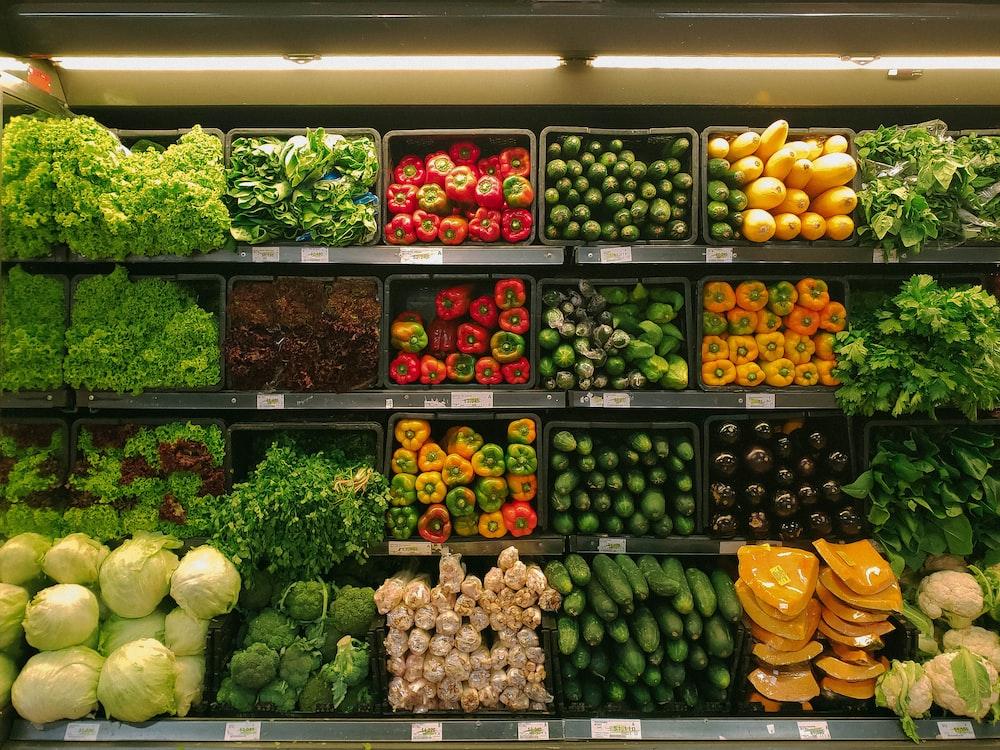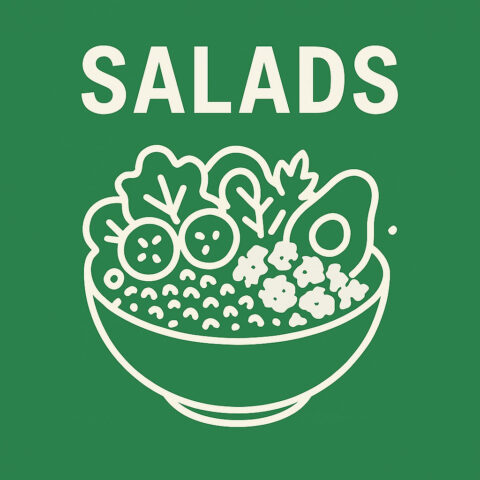The rising cost of food commodities has made it challenging for many families to manage their household budgets. Unfortunately, this problem is not going away soon, as the U.S. Department of Agriculture predicts Americans may pay even higher prices for food in 2023 than in 2022.
With that in mind, families need to plan and choose wisely at the grocery, which could enable them to save money without sacrificing nutrition. To help you get started, here are five tips for stretching your food budget.
Cook at Home
Whether eating in a formal restaurant or a fast-food joint, dining out can be expensive. The good news is that preparing your meals at home can be an excellent way to lower your food budget.
In addition to lowering your food budget, cooking at home lets you control the ingredients and portion sizes, resulting in healthier eating habits. And with so many recipes available online, there is no limit to ideas you can try in the kitchen.
Shop at Discounted Stores
Some stores offer discounts on items nearing expiration but are still safe to consume. You can save several dollars by taking advantage of these deals while getting high-quality products.
You can also look around for stores that have their own branded versions of common food items like snacks and canned goods. These products are usually as good as their name-brand counterparts but cost less.
Buy in Bulk
Instead of purchasing a few items at a time, consider buying food commodities in bulk. Since the packaging costs of bulky items are usually lower, manufacturers tend to transfer the savings to the consumer by offering products at a lower price per unit.
However, before shopping in bulk, ensure you have adequate storage space. Purchasing more food stuff than you can store could lead to waste, ultimately negating the savings you may have made.
Use Coupons
Coupons are promotional codes or vouchers offering special deals, discounts, or product rebates. Many stores and online businesses include coupons in their marketing to attract buyers. So, take some time to find deals related to the items on your grocery list.
It is vital to read the terms and conditions of coupons before purchasing an item. That’s because some coupons may have an expiration date or be limited to a certain amount of product.
Compare Prices
Before going to a grocery store, compare commodity prices at different locations. That way, you can get the best deals on your desired items and save money.
Comparing prices shouldn’t be a difficult task. Today, many sellers have online stores showing the costs of different commodities, which lets you know how much you can pay for an item in the comfort of your home.
Should You Put Your Groceries on Your Credit Card?
If you can manage your finances well, you can use your credit card to purchase groceries. That may give you benefits, such as cash-back rewards, price protection, and extended warranties.
However, it’s essential to note that some credit cards attract high-interest rates and fees, especially if you fail to pay your monthly balance fully. So, putting them on your groceries may not be wise if you are already in debt or struggling financially.
But you can find some pretty good deals if you take the time to shop around and compare different lenders. Ideally, go for cards with low fees and the best rewards programs, such as those offered by SoFi, to enjoy the best deals.
Conclusion
As we wait for the food prices to drop, you can take various measures to make the most of your budget. This involves cooking at home, planning meals, comparing prices, shopping at discounted stores, and more. And if you can manage your finances well, putting your groceries on your credit card can help you enjoy some benefits every time you go shopping.








